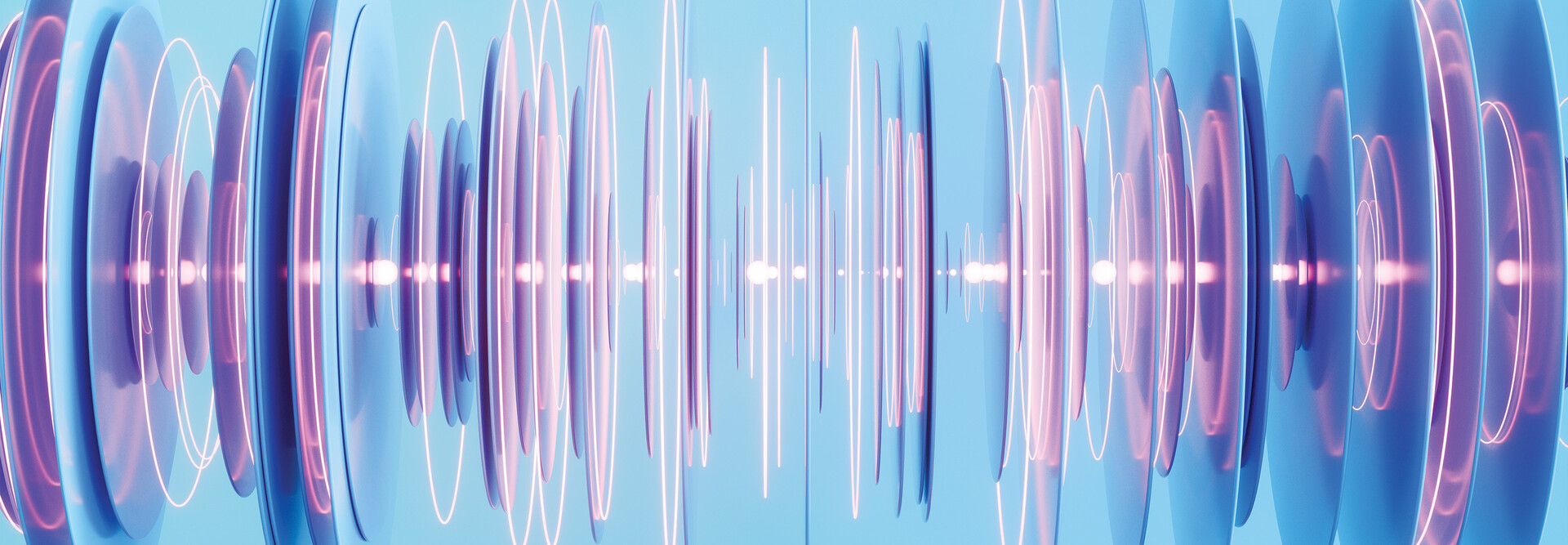Improving Network Operational Efficiency and Customer Experience
Financial institutions starting out with AI should focus on high-impact use cases that are relatively straightforward to implement, such as improving the operational efficiency of the network, says Martin Hull, vice president and general manager of cloud and AI platforms at Arista Networks. They can deploy process automation or streamline repetitive processes.
Another low-hanging use case is using AI-powered chatbots and virtual assistants to support internal help desks and network operations center services, thereby improving the customer experience.
AI can analyze network telemetry, identify the root cause of an issue — poor configurations, wireless problems or coverage holes causing bad connectivity — and proactively recommend a fix. Historically, that work was done by an IT expert armed with a laptop capturing performance data over the air or wired network and analyzing it to determine what happened.
Enhancing Network Security, Data Governance and Compliance
AI serves as a crucial line of defense for financial institutions beleaguered by increasingly sophisticated cyberthreats.
“AI plays a significant role in helping financial institutions enhance network security in several key ways: enhanced threat detection and prevention, anomaly detection, automated incident response, improved fraud detection and prevention, and enhanced authentication,” Hull says. “AI can also optimize operations by providing real-time insights into network traffic and user behavior.”
Financial institutions often use apps to gather location data and use that to push information to customers or associates, which raises data governance and compliance concerns. Solutions must be evaluated to ensure they protect data coming onto the network.
LEARN: What is shadow artificial intelligence, and how does it impact compliance?
“Privacy is certainly one of the concerns, so you want to make sure they’re controlling and protecting that data from other users connecting into the system,” Gilby says. “As they design the network, you need to make sure that you are providing that security for the applications.”
Fortunately, automated monitoring and enforcement of security policies and controls streamlines and improves the accuracy of data governance and compliance processes. This is important, as bad actors increasingly target the very IoT devices financial institutions are embracing.
“You want to make sure that you create a virtual LAN to segregate IoT traffic from the corporate data, where you’ve got bankers actually processing confidential information,” Gilby says. “Make sure that those networks have segregation so that you’re controlling the data and not exposing yourself to any leaks.”














